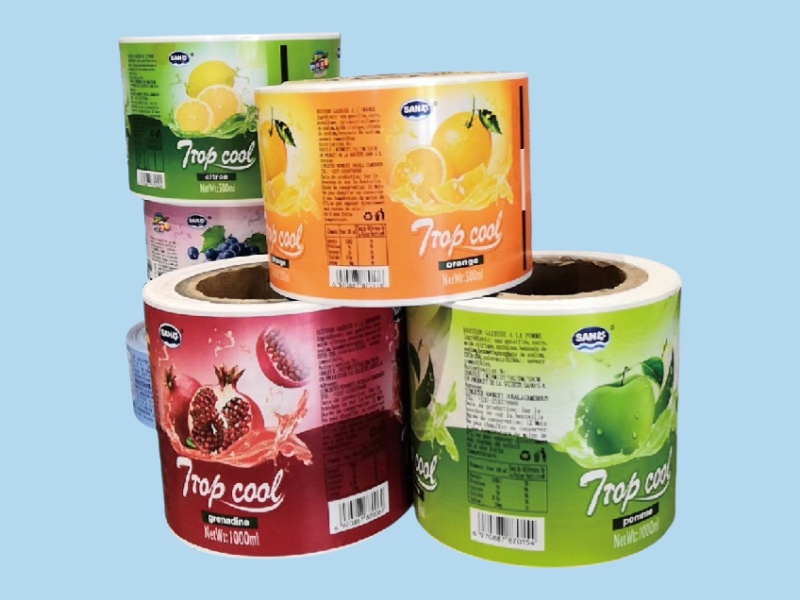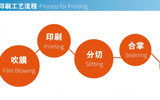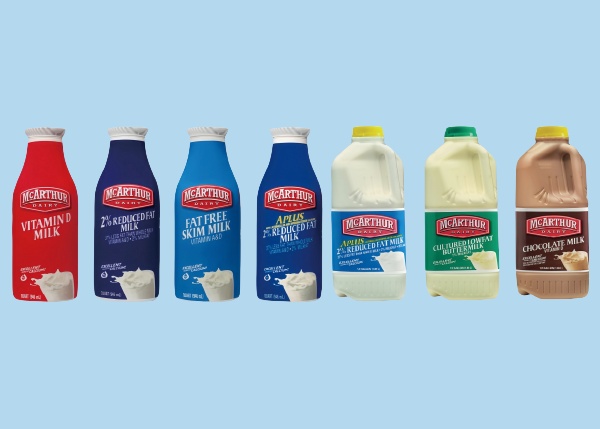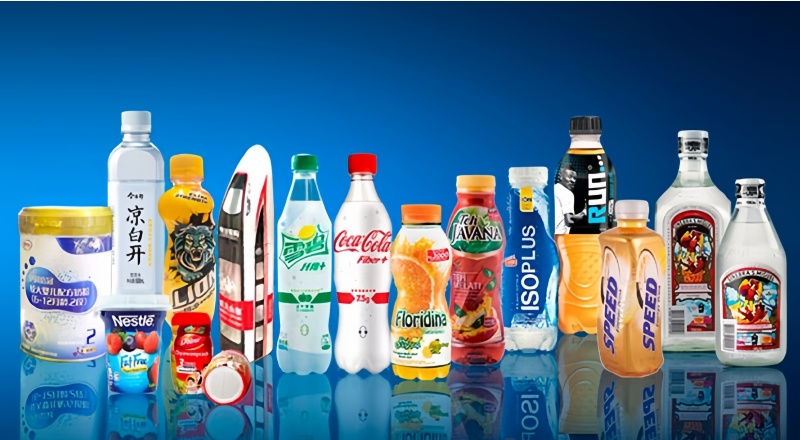

- Home
- About
-
Products
-
Products
-

PVC Shrink Film/Label
(1)PVC label is use for various bottle beck &body label; (2)which is suitable for sleeve labeling machine; (3)Usage: Different kinds of juice ,drinks, tea ,soft drinks.mineral waters ,milk products, flavouring and cosmetics etc; (4)Size: 20-700mm; (5)Thickness: 0.025-0.08mm; (6)Printing Method: In Printing; (7)Shrinkage rate: Horizontal45-50% Vertical:≤2%;

PET Shrink Sleeve Label/Film
(1)OPS/PET label is degradable environmental label which is state-certified. It is shrink sleeve and has high shrinkage rate; (2)Usage: Widely use in various drinks ,mineral water ,milk products and wine, juice drinks etc; (3)Thickness: 0.035-0.08mm; (4)Printing Method: both surface printing and in printing; (5)Shrinkage rate: Horizontal 65-75%; (6)Vertical: 3-5%;

BOPP/OPP Pear Film/Label
(1)OPP Label is use for various labeling which is suitable for hot melt glue labeling machine; (2)Usage: Widely used in wine ,soft drinks, mineral water, cosmetics ,foods etc; (3)OPP label is degradable environment label which is state-certified.It is divided into BOPP label ,Pearlised film OPP and composite label; (4)Size: 20-1000MM; (5)Thickness: 0.018-0.07mm; (6)Printing method: Both table printing;

Self-adhesive Label
(1)Material: Paper ,synthetic paper ,PE,PET,BOPP ,etc; (2)Design: According to the client; (3)Color: according the client's requirements (Pantone,CMYK OR PMS); (4)Surface: Matt,Glossy,foil stamping,etc; (5)Feature: Eco-friendly,waterproof,oil-proof,heat-resistant,anti-ultraviolent etc;

PE Shrink Packing Film
(1)PE shrink film has good abrasion resistance, excellent toughness and puncture resistance, and has a high degree of strength. It is suitable for various film packaging machine models; (2)Uses: mineral water, beer, carbonated drinks, cans products, daily necessities and other outer packaging; (3)According to the customer's requirements for color film, the PE film produced can be printed directly to meet all aspects of the customer's requirements; (4)Size: 50-1700mm; (5)Thickness: 0.03-0.12mm; (6)Printing method: surface printing; (7)Shrinkage: horizontal 10%-15%,vertical 70%-75%;
-
-
Industry
-
Industry
-
-
Cases
-
Cases
-
- News
-
Contacts
-
Contacts
-














